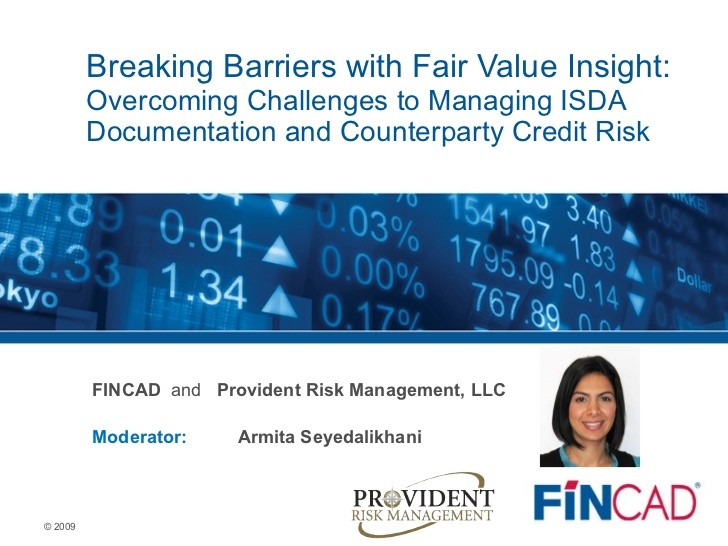Counterparty credit risk_1
Post on: 11 Июнь, 2015 No Comment

We have seen that many firms currently have large cash resources. A few examples include IKEA with €17 billion, AstraZeneca .5 billion, GlaxoSmithKline £5.9 billion.
These are mouth watering numbers. In many cases the firms also have debt and hold the cash for various reasons of liquidity, staying open for opportunities and issues around timing of debt repayments and refinancing. Everyone who has cash does have one issue in common, which is counterparty risk assessment, whether those funds are invested with banks, with other corporations or with governments. The problem is also shared with anyone who uses banks, particularly with regard to derivatives, where ‘in the money’ positions create risk to corporates, and undrawn facilities. A corporate that depends on banks for liquidity in the form a Revolving Credit Facility is at risk of bank failure.
In pre Global Financial Crisis days, most treasurers paid relatively little attention to this issue, regarding banks as very safe, perhaps setting some arbitrary limits by counterparty. However, times move on, corporations have more cash and banks are weaker. We have to be more sophisticated.
The ACT has published guidance on these issues:here
Some of the issues that come out these notes include:
- Bear in mind local deposits by subsidiaries, not just those in the parent / centre
- SLY means Security first, Liquidity second and Yield last.
- Credit limits should be set by counterparty
- Diversification of investments from single banks improves risk, into e.g. governments, corporate, money market funds
- Yield can be increased by taking risks on credit and lower liquidity
- Design of protection should not be event free but should allow firm survival
- Pay attention to the exact counterparty where risk lies
- Counterparty analysis often starts with the rating
- Follow changes in ratings and take notice of the ‘outlook’
- ‘Market Implied Ratings’ can be very useful (see also below).
Some further suggestions that we have come across to reduce counterparty credit risk in this area include:
Using a CSA for derivative risk. This collateralises the risk (in both directions) on derivatives. But note that any cash collected in this way creates further counterparty risk and there are still settlement risks
The two major protection techniques of diversification and counterparty credit limits lead to the need to monitor both of these in some way. One suggestion could look something like this:
Individual counterparty limits can also be set by ratings.
One important aspect of any approach must be that it must be able to cope with changes. Ratings themselves do of course change with events, so that a change in rating would be reflected by a change in corporate behaviours, but rating changes can often be slow. We do not recommend fundamental analysis but share price movements and bond price movements (and equivalent CDS pricing) carry large amounts of information. One approach, for example as seen in Moody’s Market Implied Rating (MIR) model, takes a serious look at share price movements. Each of these can be used as triggers to suggest a change in policy, which the treasurer must be able to make without further referral to management.
Be prepared to be open with counterparties as to this policy and it must be seen as part of the overall relationship with that counterpartry. You may be removing funds just at the time when you are having discussions about a new credit line, so you may not be popular even before you start explaining about the firm’s credit.














